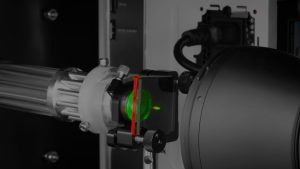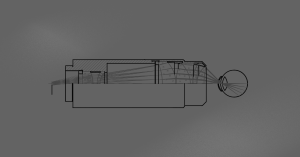Key Takeaways
- Lossless image compression reduces file sizes while preserving accuracy.
- Arithmetic encoding offers modest gains based on entropy.
- Wavelet-based compression greatly improves ratios.
- Adaptive prediction algorithms achieve industry-leading compression, reducing storage by over 4× without losing a single bit of data.
When storing or transmitting large image files, it is often necessary to reduce file size without compromising image quality. This process is known as lossless image compression.
Unlike lossy image compression—commonly used for consumer photos—lossless methods preserve every bit of image detail, making them essential for scientific, medical, and archival applications.
Why Lossless Compression Matters
- Consumer-grade images: Use lossy methods, discarding details not noticeable to the human eye.
- Scientific or technical images: Require exact preservation of data, where no detail can be lost.
- Redundancy in images: Since most images contain repetitive patterns, algorithms can exploit this redundancy to shrink file sizes without removing information.
Basics of Lossless Compression
One of the simplest approaches uses arithmetic encoding, where the compression efficiency is determined by Shannon entropy.
- Shannon entropy: Average number of bits per pixel required to encode the image.
- For an 8-bit monochrome image, maximum entropy is 8 (completely random image).
- Non-random images will always have entropy less than 8, making compression possible.
NASA Infrared Image Example
Consider this NASA infrared Earth image (shown in false color).
- Original format: 8-bit monochrome
- Entropy: 5.85
- Compression ratio with arithmetic encoding: 1.367× (modest savings)
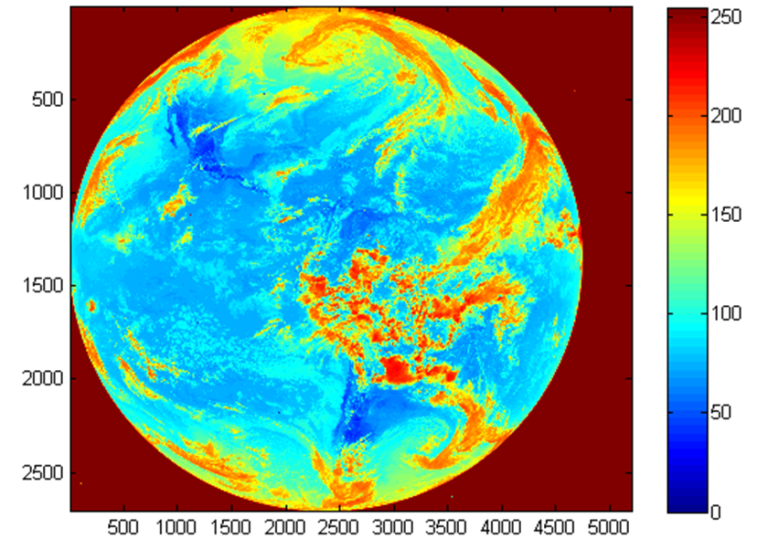
Wavelet-Based Lossless Compression
A major improvement can be achieved using Lossless Wavelet Transform (LWT).
After one LWT step, the original image is transformed into four smaller sub-images:
- Top-left: Entropy = 5.85 (close to original)
- Other three: Entropy values = 1.83, 1.82, 2.82
- Resulting compression ratio: 2.6×, far better than 1.367×
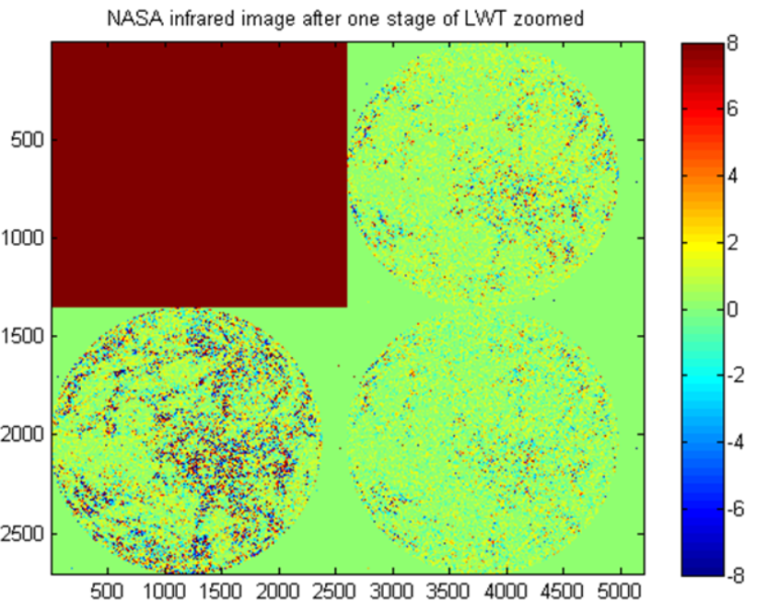
Wavelet-Based Lossless Compression
A major improvement can be achieved using Lossless Wavelet Transform (LWT).
After one LWT step, the original image is transformed into four smaller sub-images:
- Top-left: Entropy = 5.85 (close to original)
- Other three: Entropy values = 1.83, 1.82, 2.82
- Resulting compression ratio:2.6×, far better than 1.367×
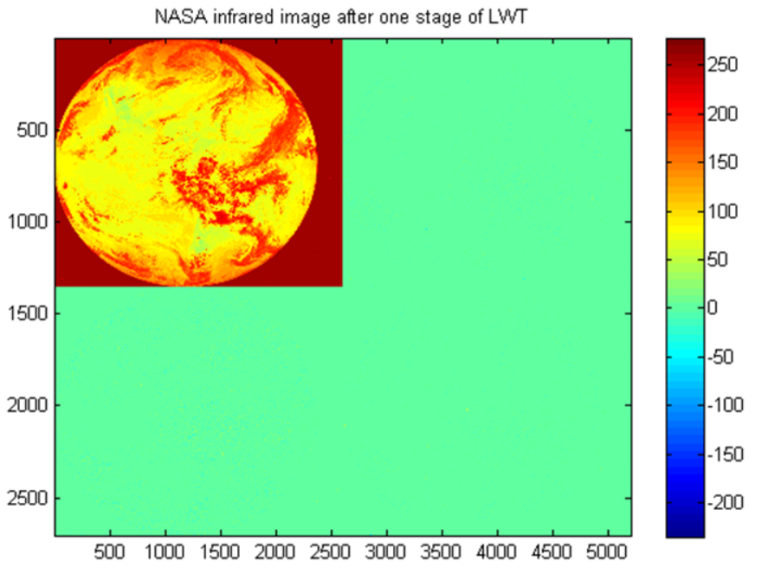
Proprietary Adaptive Prediction Algorithm
Our adaptive prediction lossless compression algorithm further enhances results. It produces a prediction residue image, which looks different from the original but contains all necessary information for reconstruction.
- Achieved compression ratio: 4.06×
- File can be stored at one-quarter the size of the original
- Reconstruction is bit-perfect: every pixel is recovered exactly
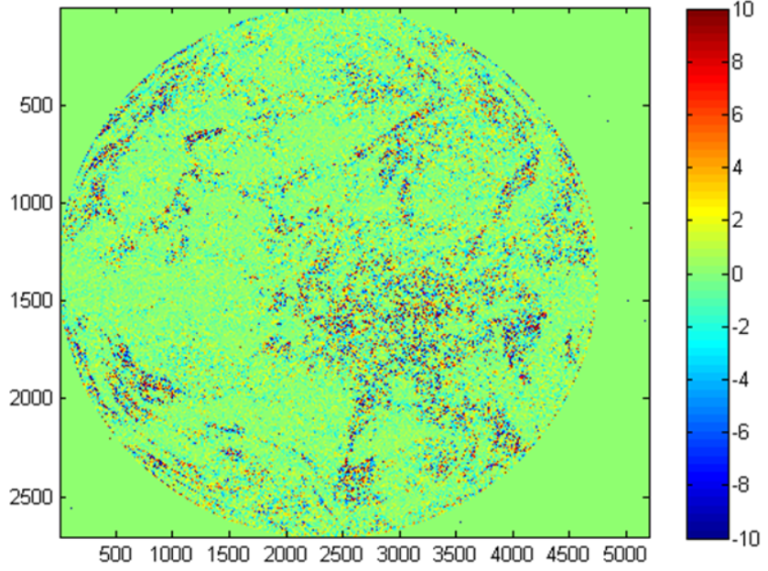
Conclusion
Lossless image compression plays a critical role in efficiently storing and transmitting images without sacrificing accuracy. From arithmetic encoding based on Shannon entropy to advanced methods like wavelet transforms and adaptive prediction algorithms, each technique delivers higher compression ratios while preserving every pixel. Whether for scientific research, medical imaging, or data archiving, lossless compression ensures that no information is lost—making it the gold standard where precision truly matters.
Related Content
GREAT ARTICLE!
Share this article to gain insights from your connections!


